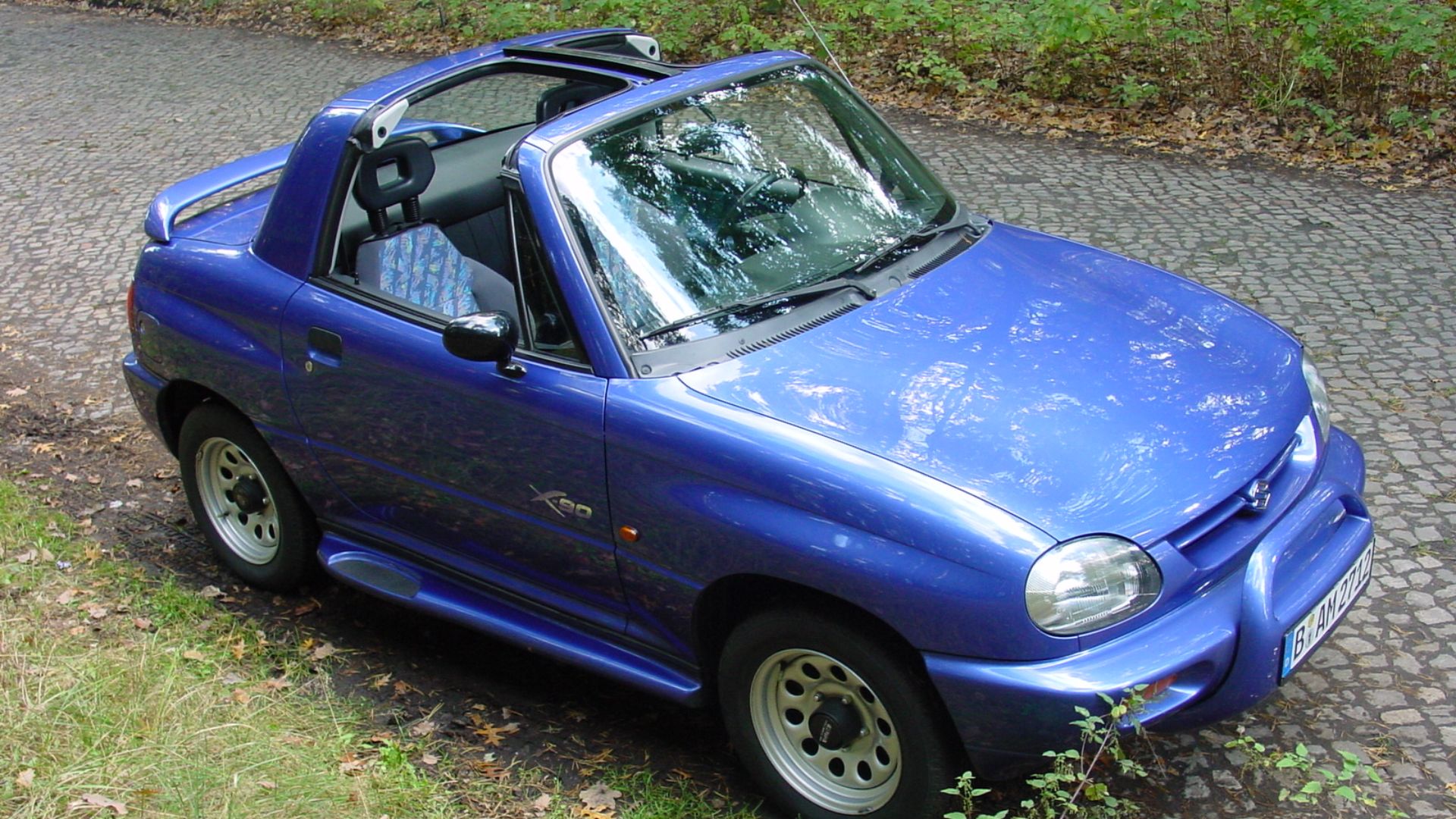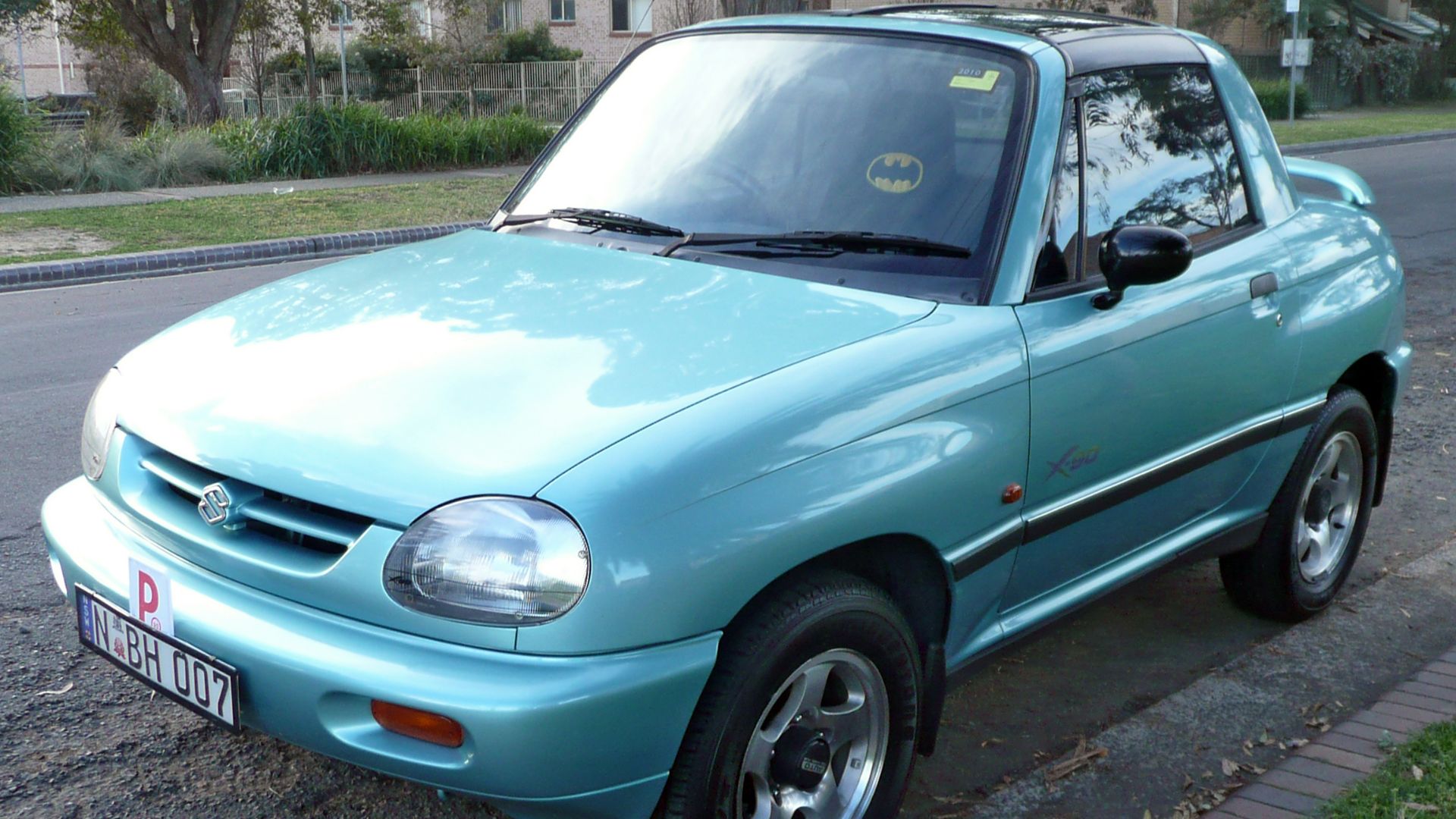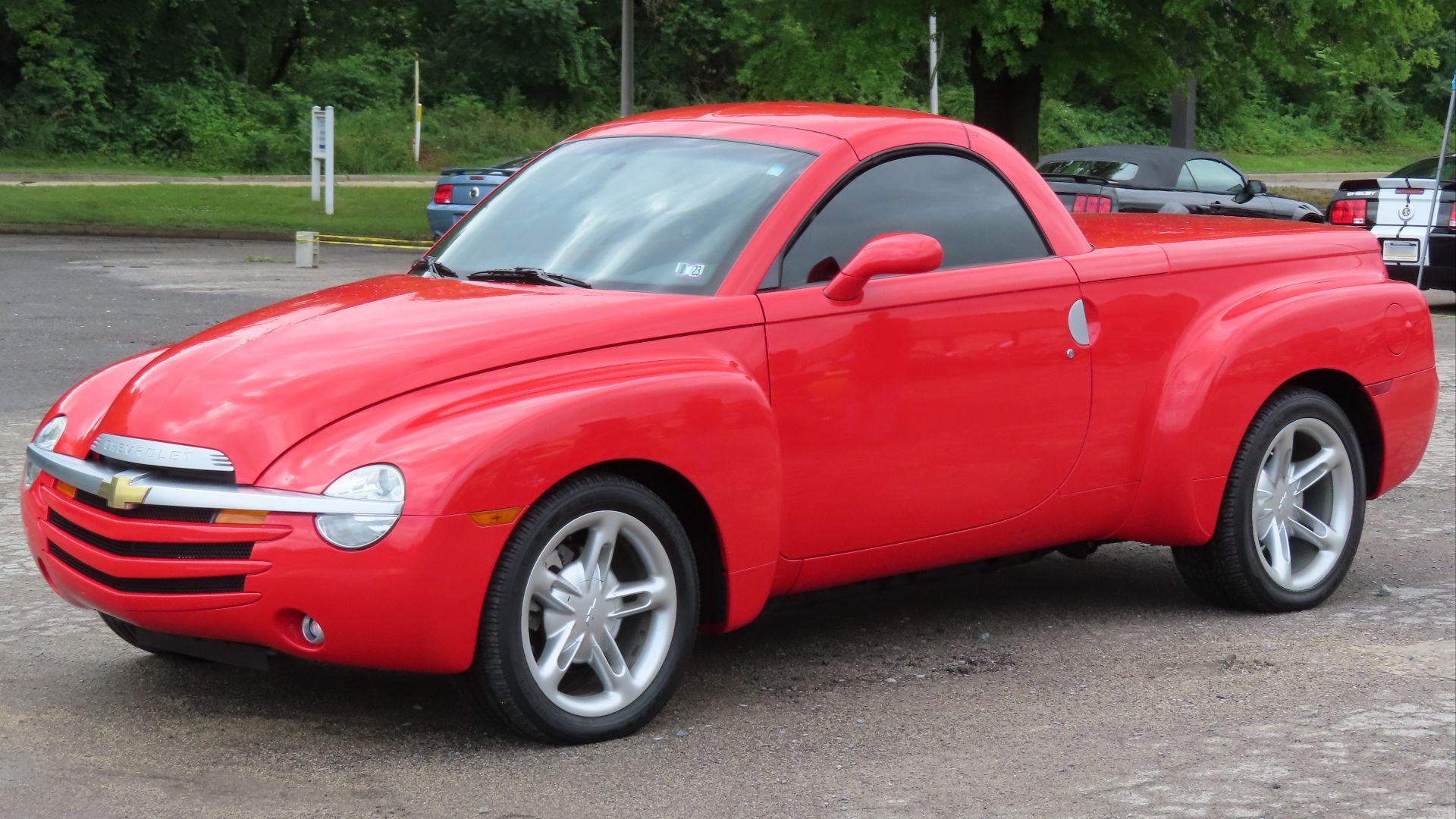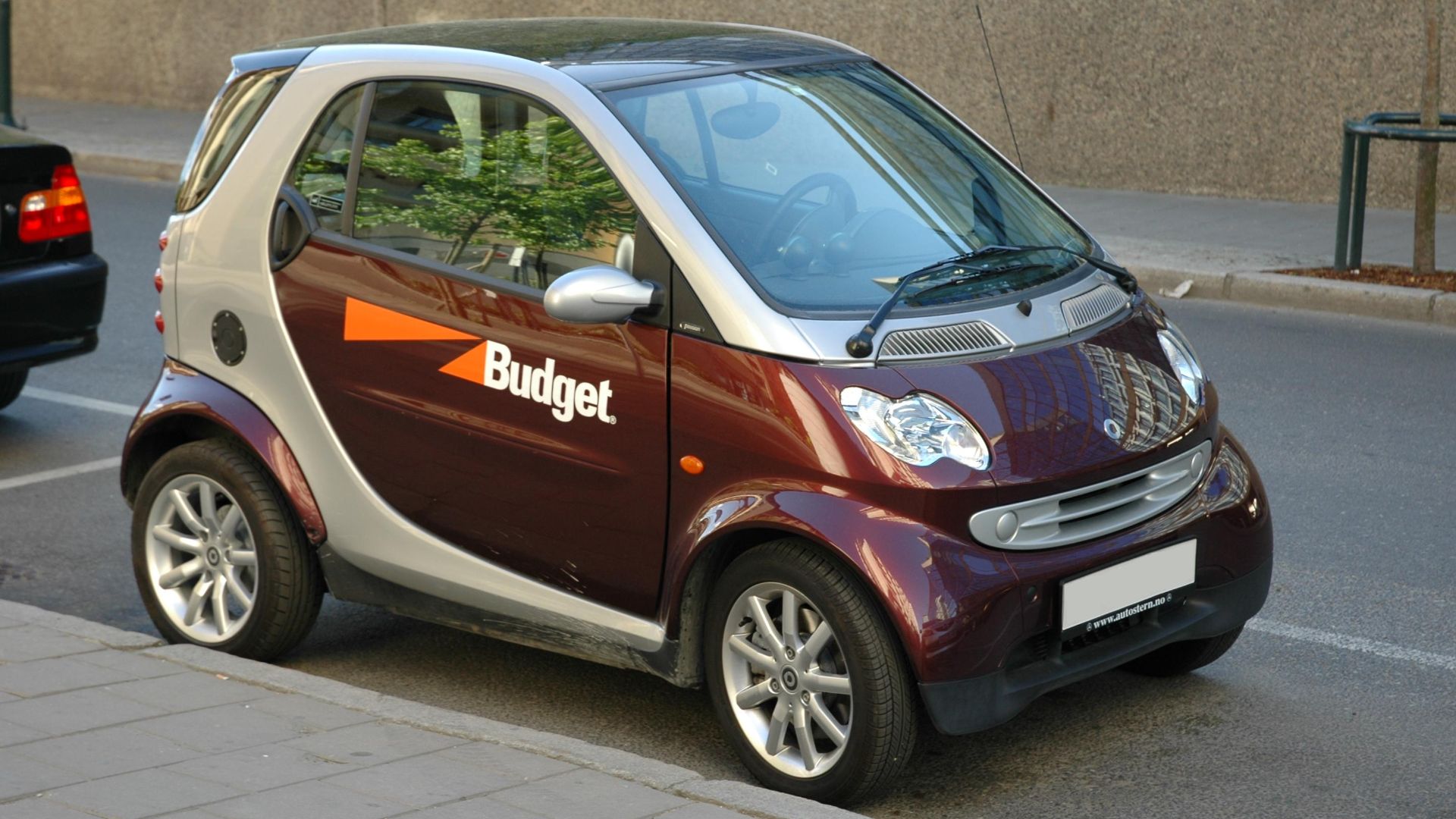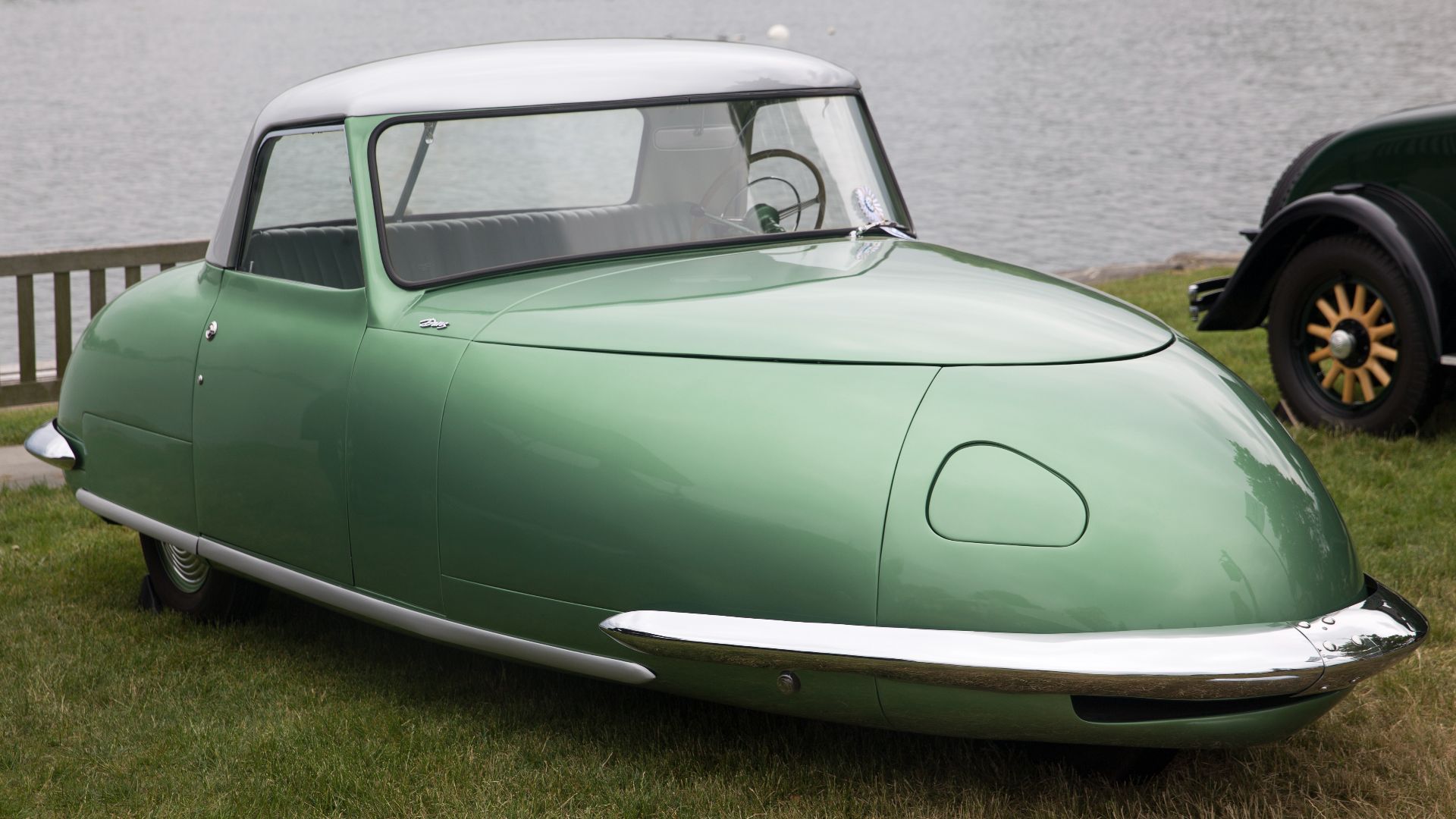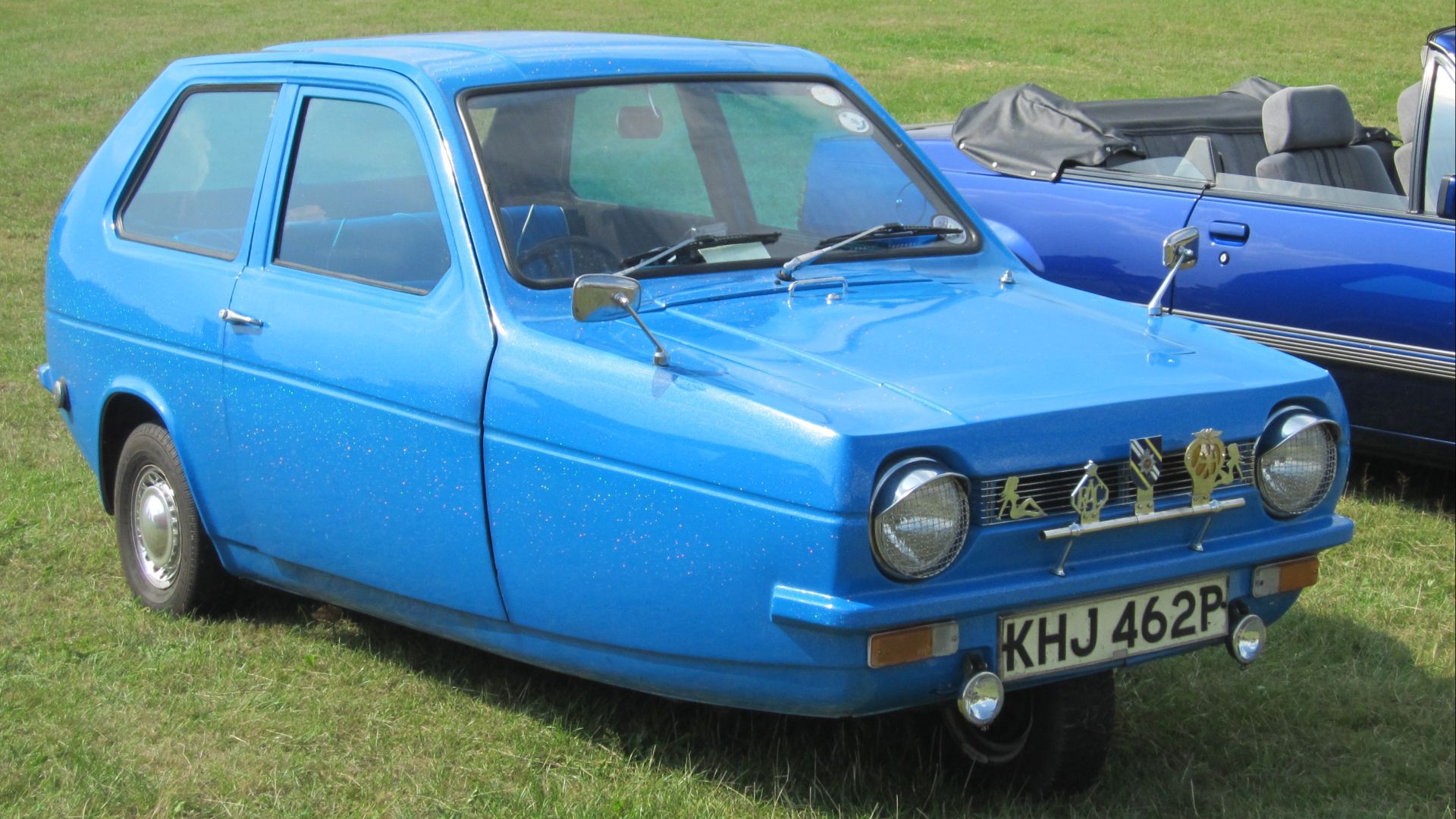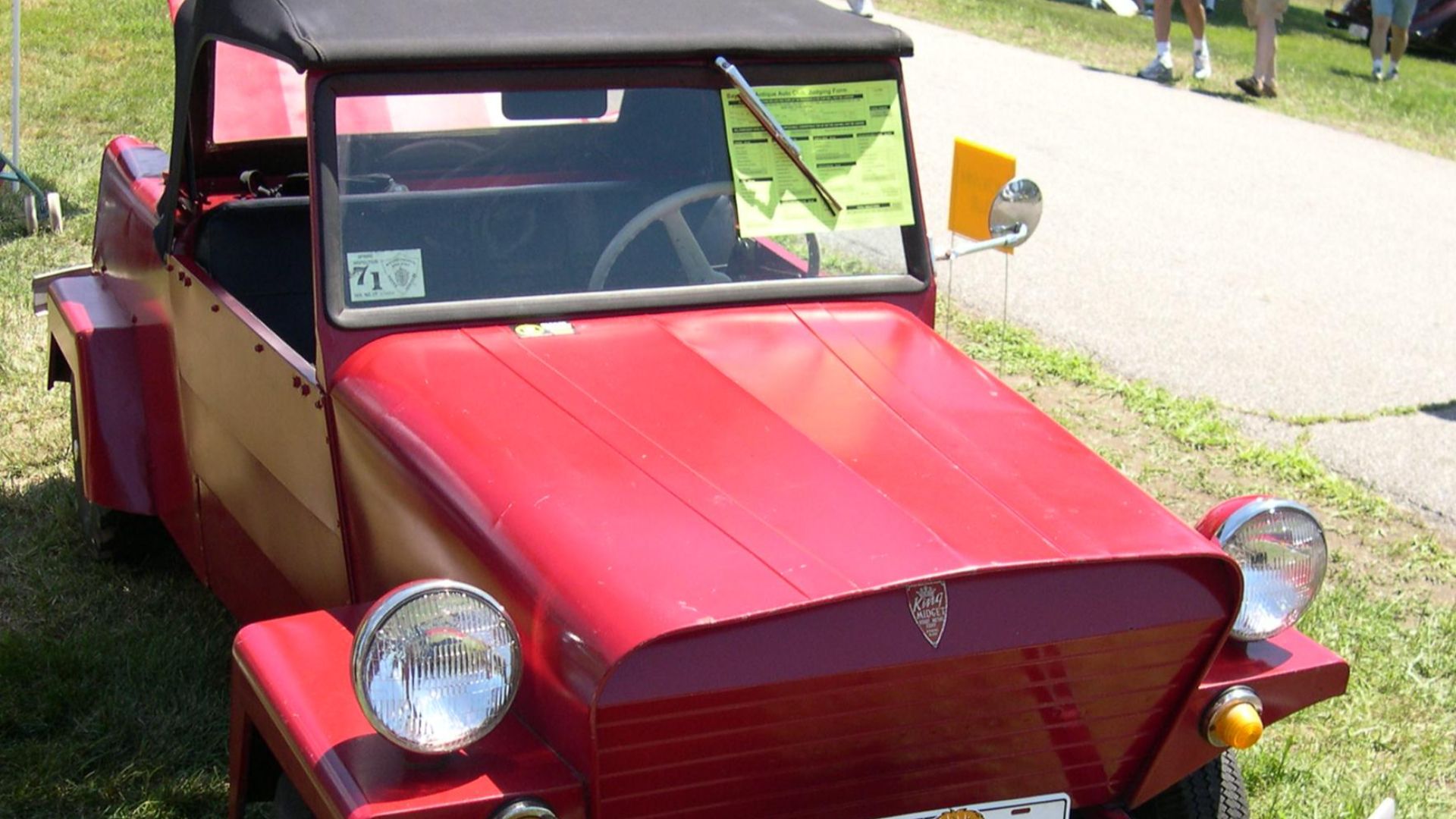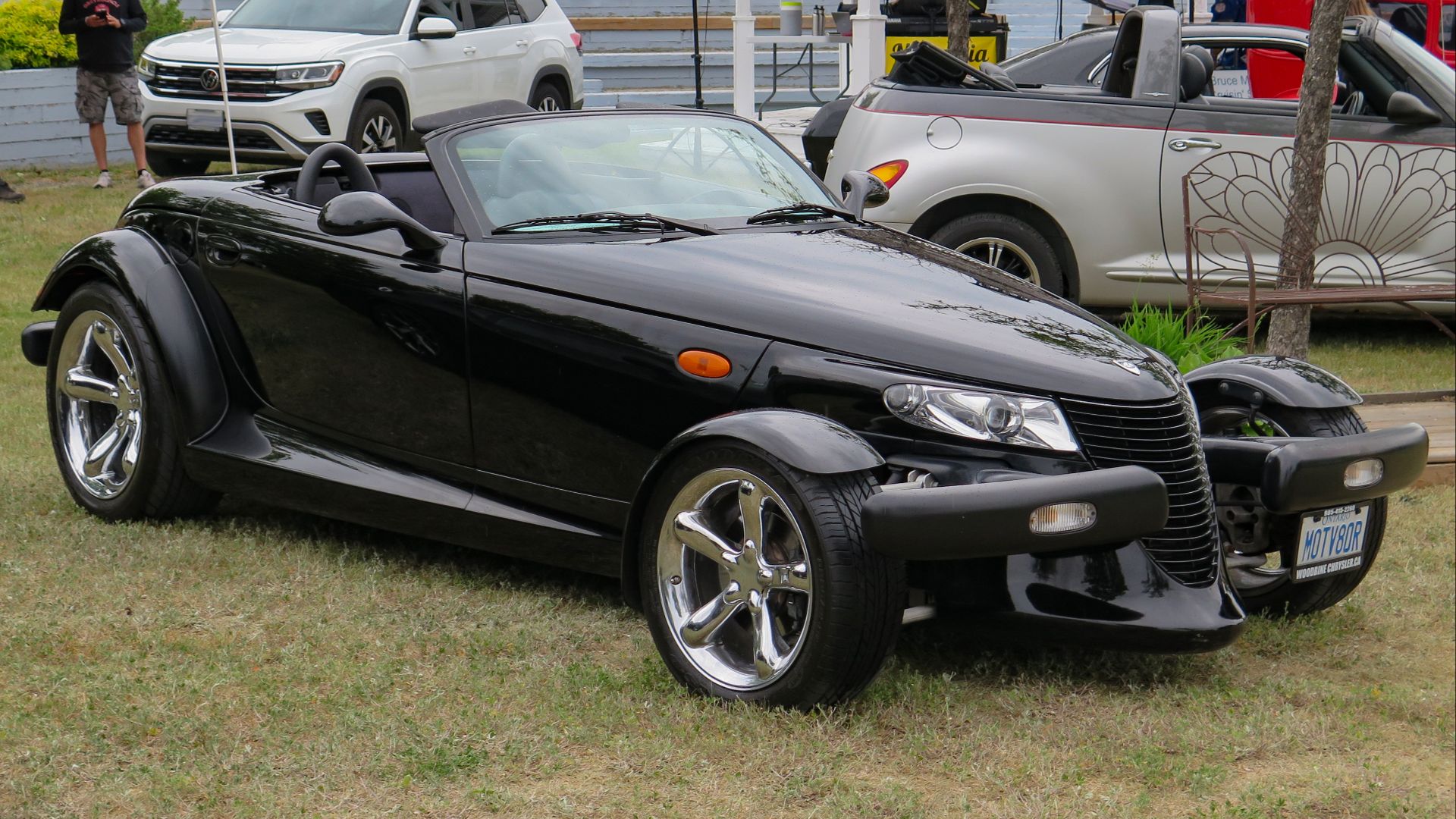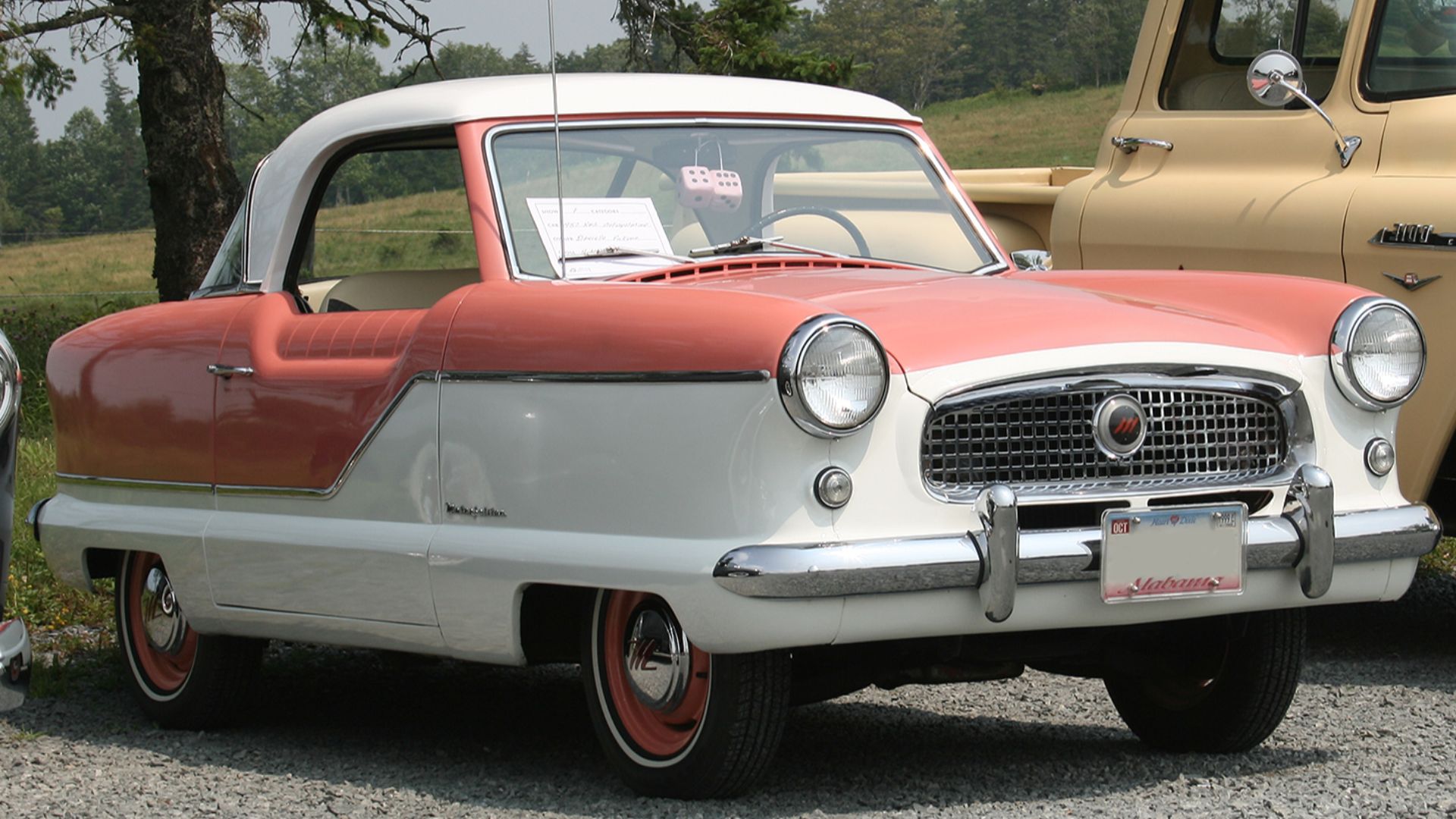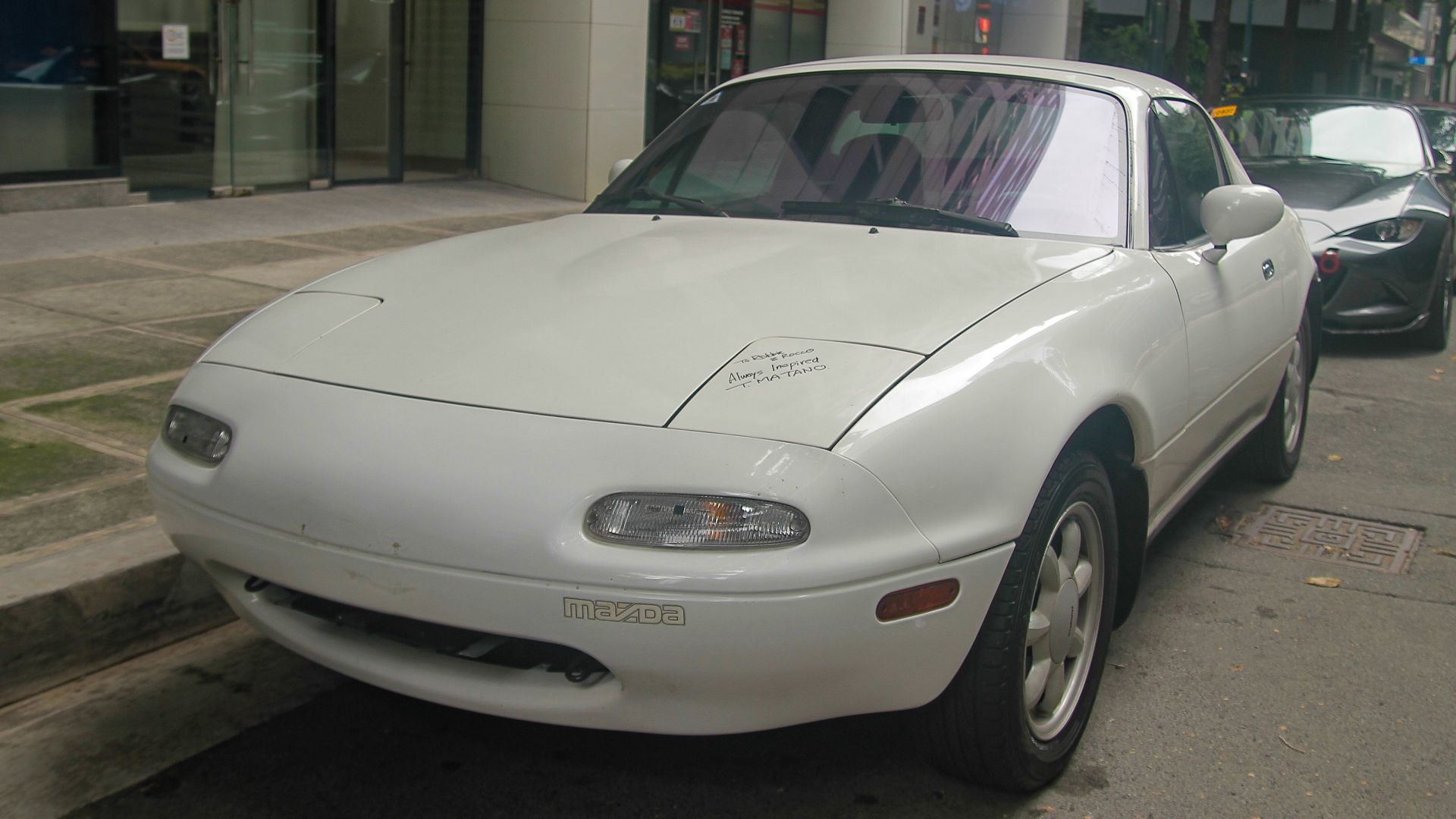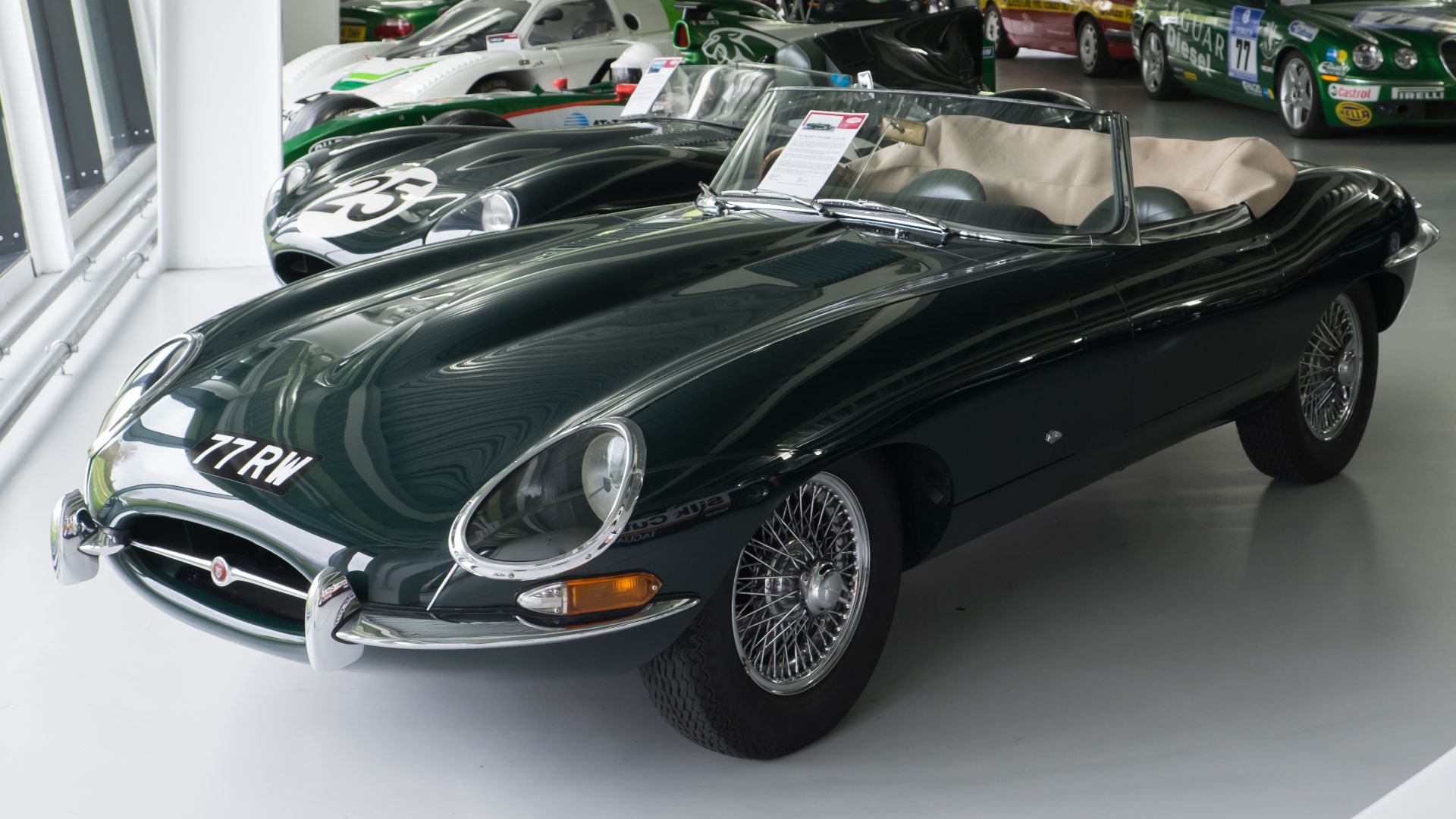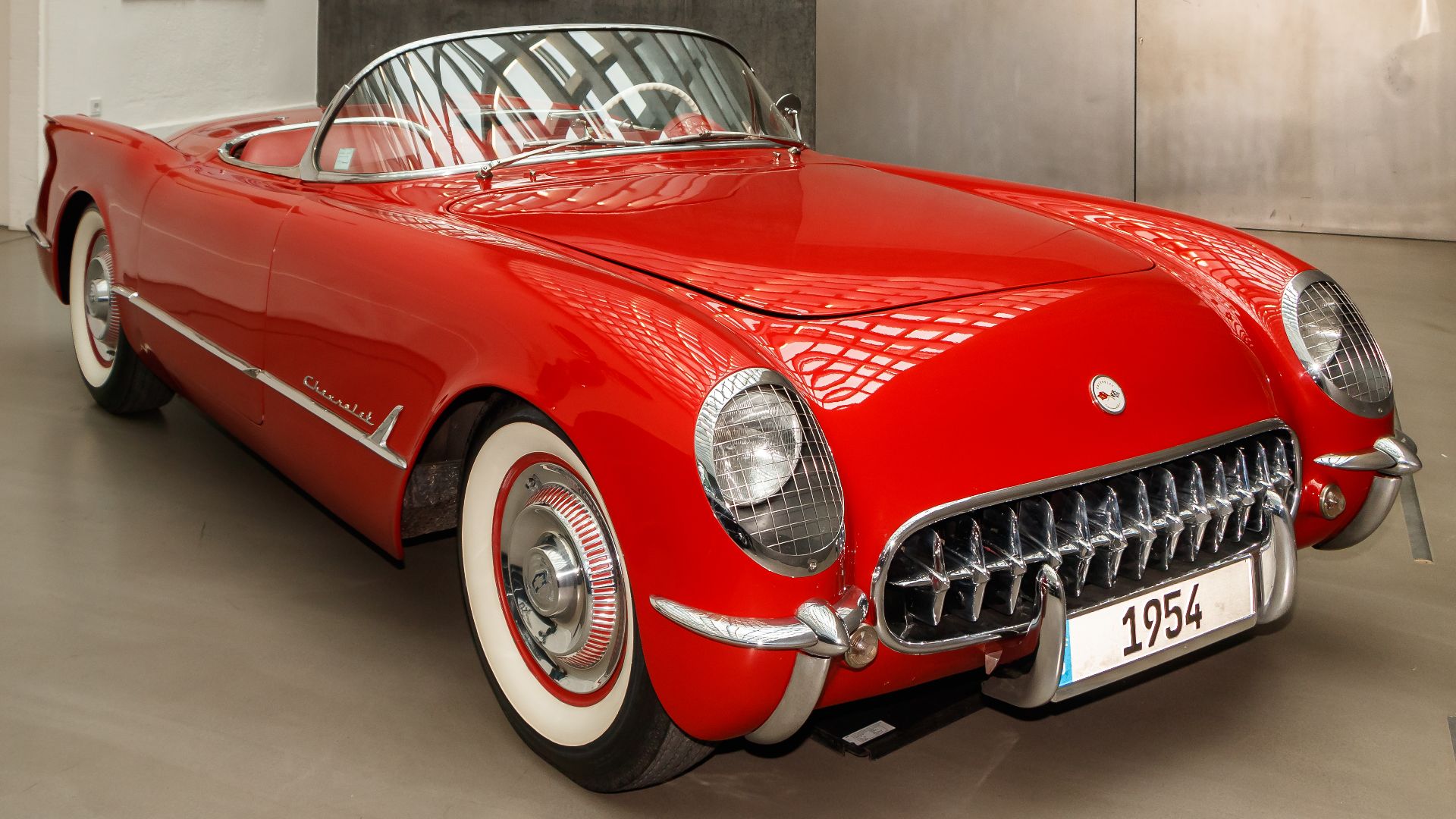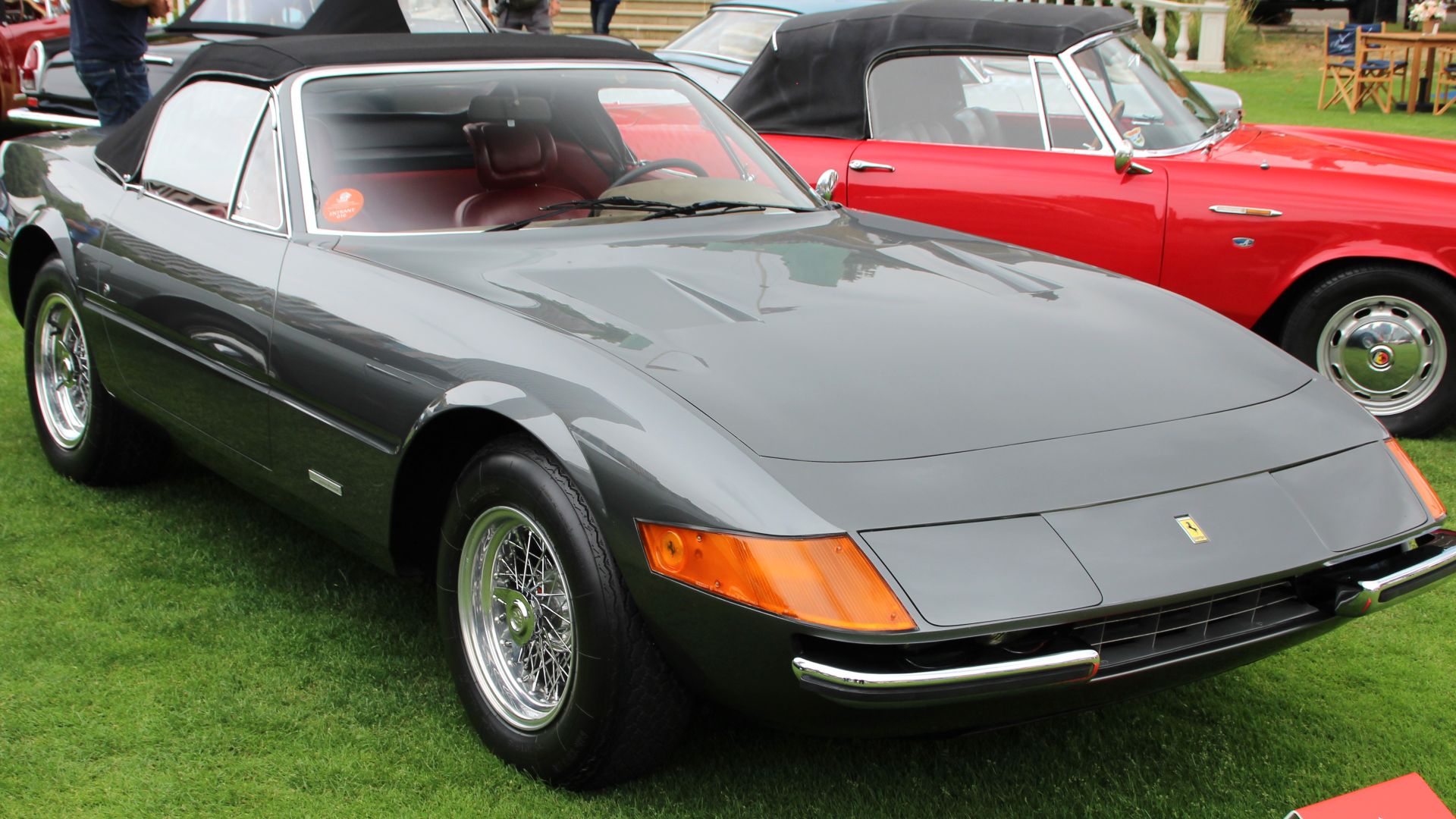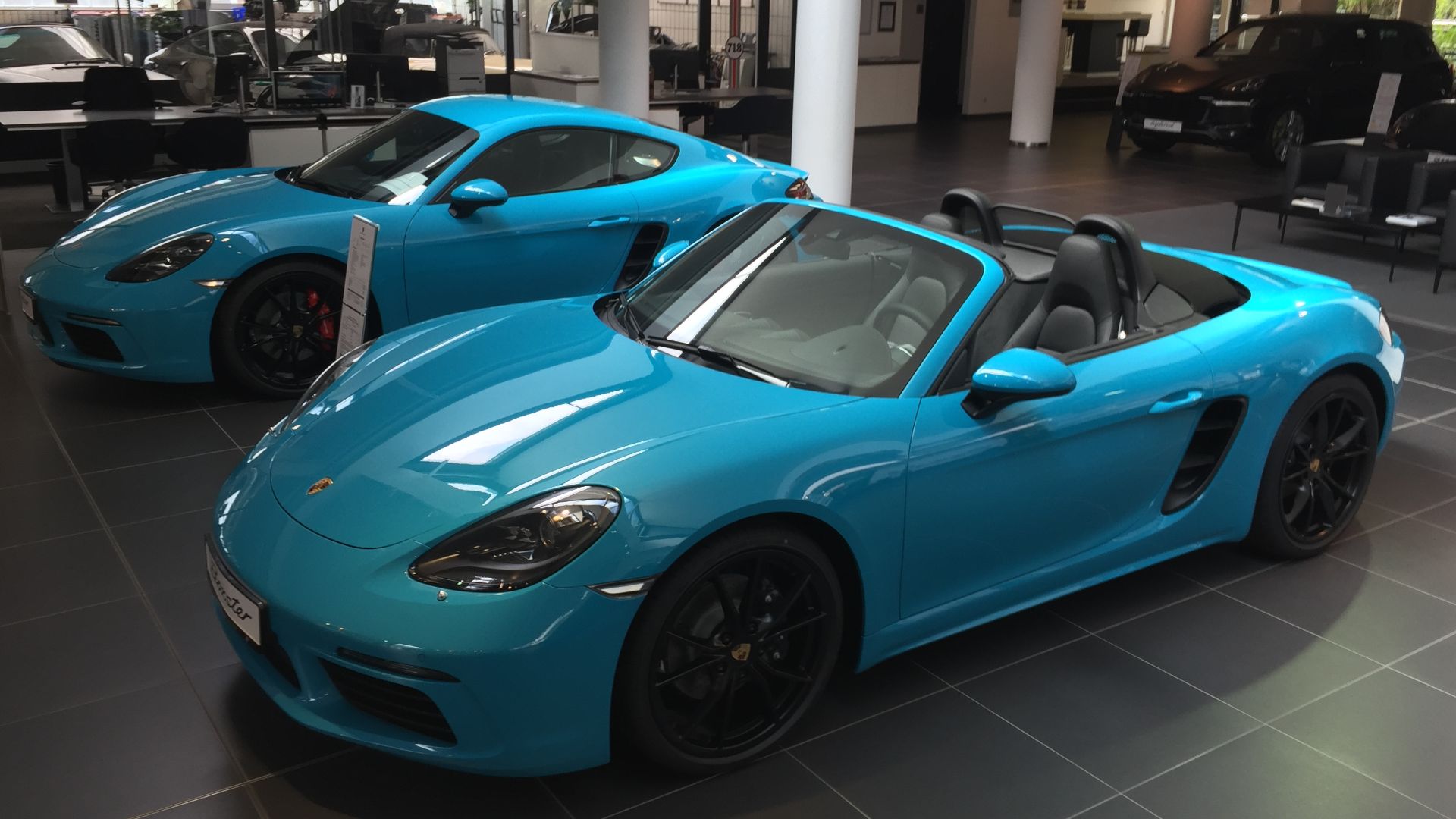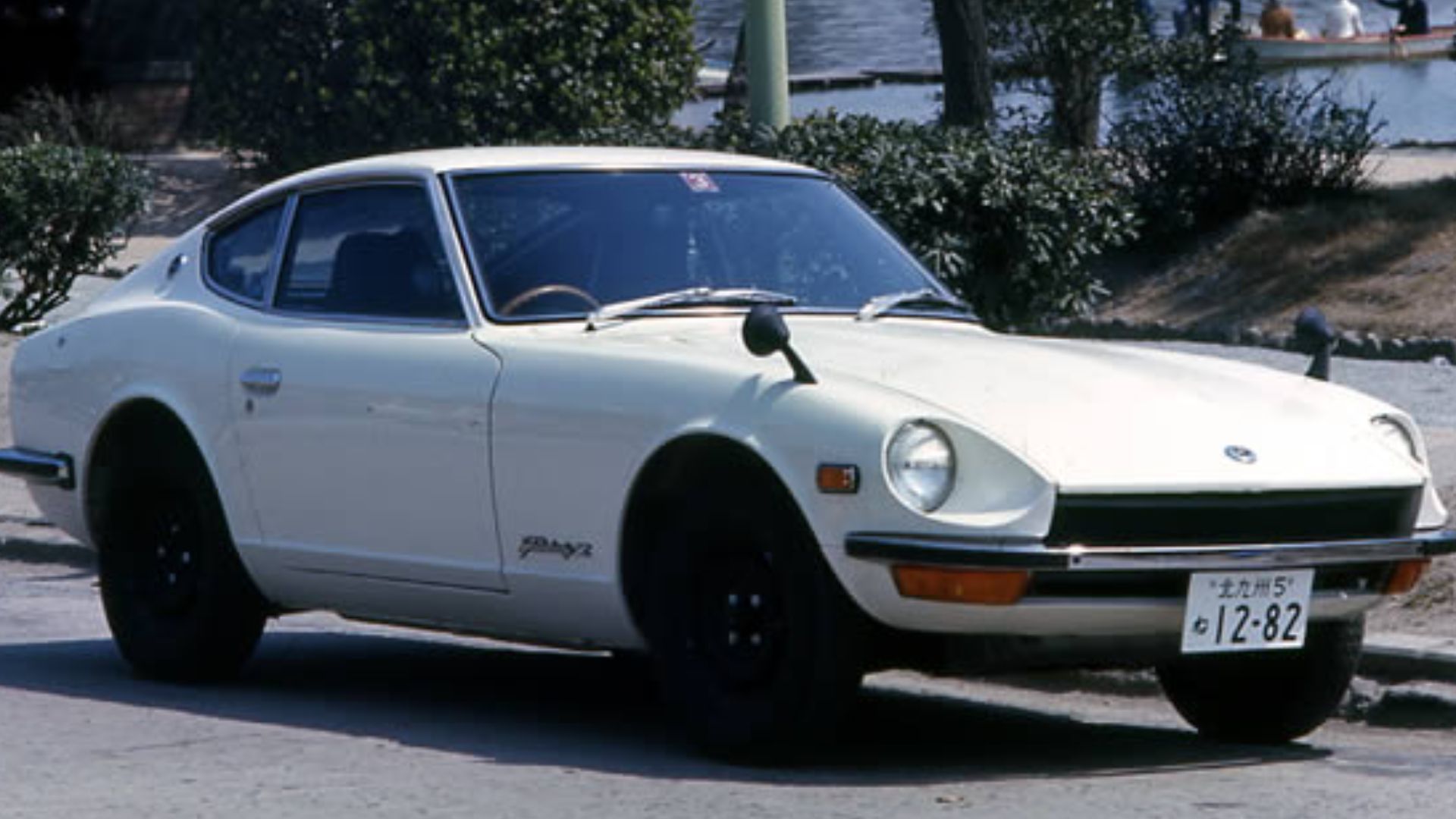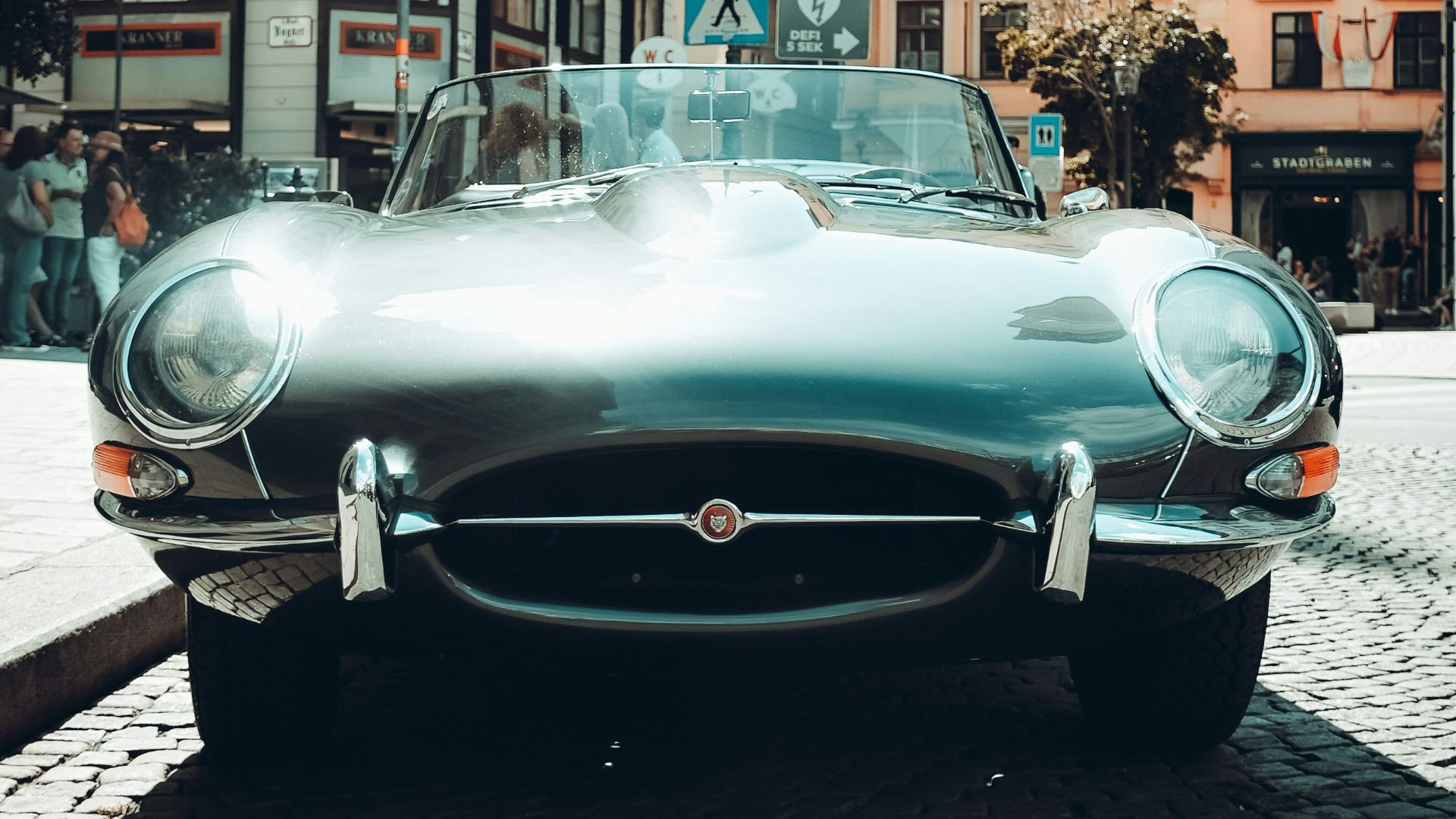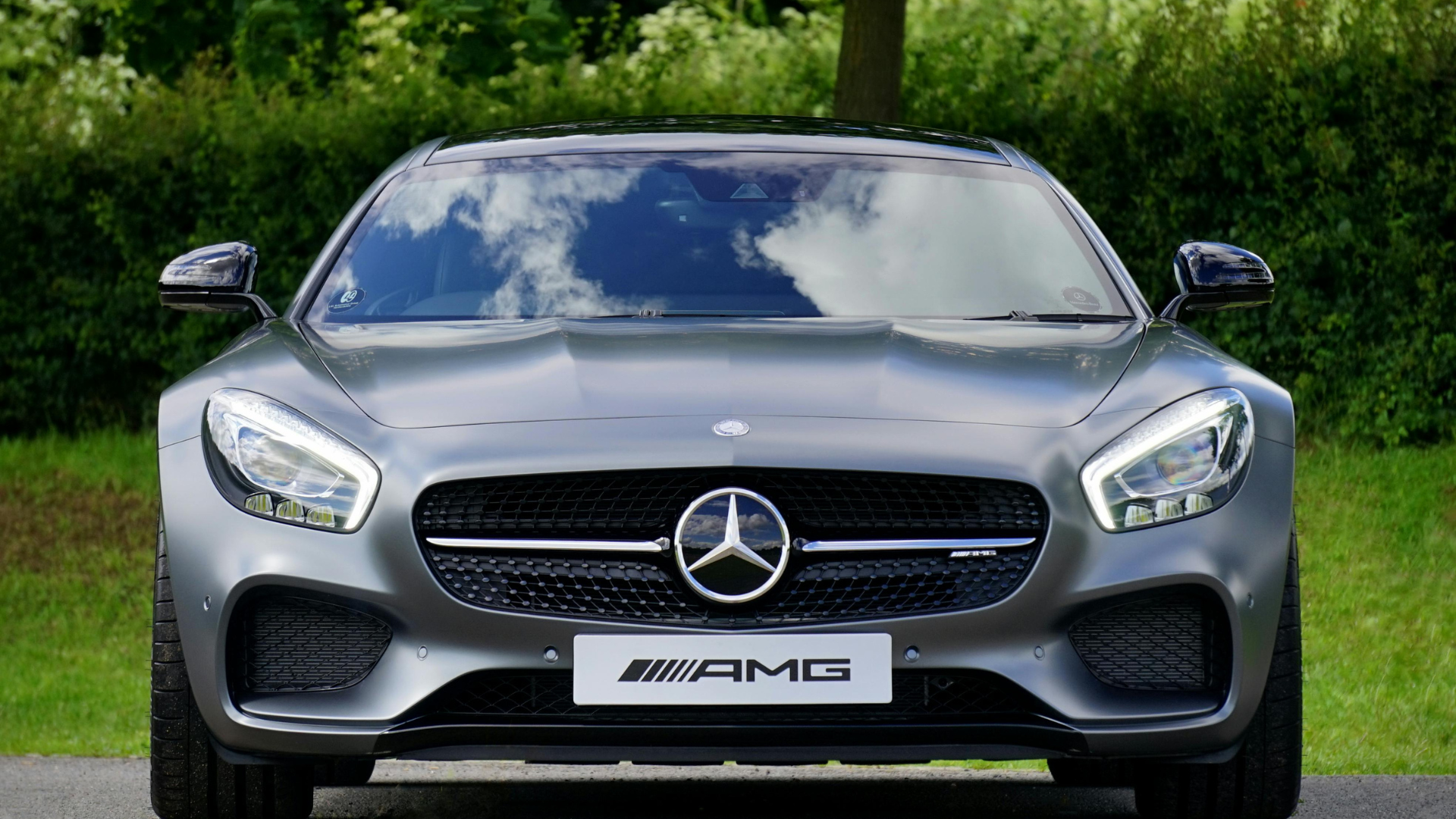Tiny Cars, Bigger Reactions
You know a great two-seater when you see one, let alone when you actually drive one. However, history is full of cars that have tried and failed to bring comfortable, fun-to-drive two-seaters to the market. Some looked the part but fell apart in motion, and others still turn heads. Here's a clear-cut look at the two-seaters that hit and missed, starting with the latter.
1. Suzuki X-90 (1995–1997)
Blend a bubble-top coupe with a mini SUV, and you get confusion on wheels. The X-90 ditched practicality for awkward flair and baffled buyers with T-tops and zero off-road talent. Only 7,000 sold in the U.S., which proves it was a niche experiment best left buried.
2. Peel Trident (1965–1966)
Tiny doesn't begin to describe it. Built on the Isle of Man, the Trident seated two—if you considered elbows optional. Its bubble dome looked Jetsons-chic but trapped heat and offered no reverse gear. The engine was a 49cc motor struggling to reach 38 mph.
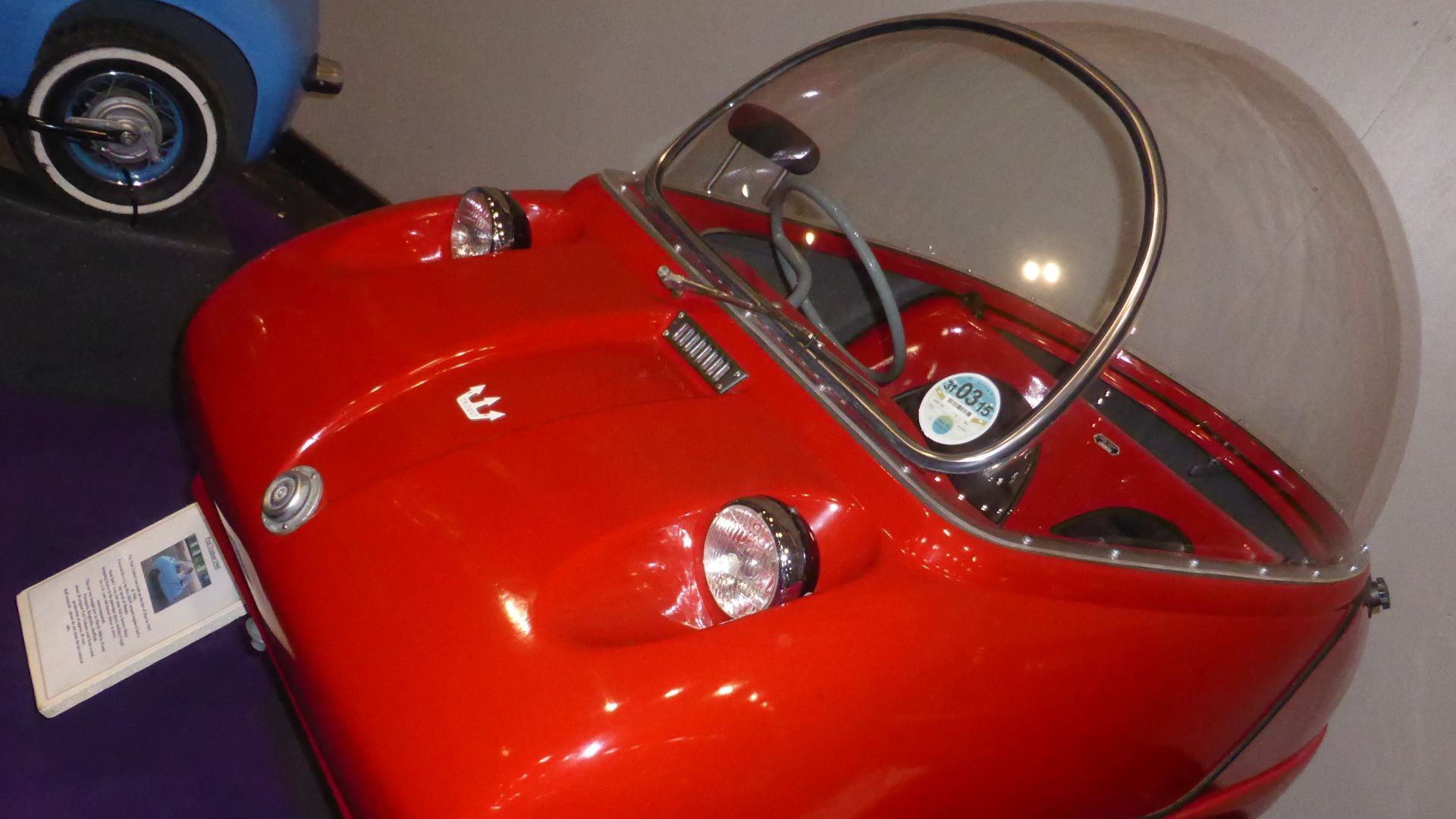 Andrew Bone from Weymouth, England on Wikimedia
Andrew Bone from Weymouth, England on Wikimedia
3. Chevrolet SSR (2003–2006)
The SSR looks like a hot rod and drives like a rental. Drivers expected retro roadster vibes but got a clunky powertrain and sloppy handling. Underneath the swoopy sheet metal was a TrailBlazer SUV. GMC added a Corvette engine later, but it was far too late.
4. Smart ForTwo (1998–2007)
Smart names can be deceptive. Early models rattled like soda cans and shifted like an indecisive toddler. Parking was a breeze—driving, not so much. Its jerky transmission and crash-test woes made it a poor pick even in a compact-car market desperate for options.
5. Davis Divan (1947–1949)
Can you imagine selling a three-wheeled sedan door-to-door during the postwar boom? The Davis Divan had promise, but shady financing and sketchy engineering sank it fast. That futuristic look masked a wobbly ride, and lawsuits piled up faster than its limited production run.
6. Reliant Robin (1973–1981)
Corner quickly with a Robin, and gravity answers back. Hard. This car’s three-wheel layout puts one's dignity at risk with every turn. Intended to dodge British taxes, it became comedy gold instead. It was like a vehicle blending with a unicycle, minus the charm or balance.
7. King Midget Model III (1957)
Advertised in magazines as a build-it-yourself car, the King Midget's legacy is a masterclass in bare-minimum engineering. With 9.2 horsepower and no reverse gear initially, it crawled. A total of 5,000 sold, mostly to hobbyists who saw the novelty.
8. Crosley Hotshot (1949)
The Hotshot was tiny and dangerously underpowered. Technically America's first postwar sports car, it won the first-ever Sebring race only because the field was comically thin. Buyers expected speed, but Crosley delivered a glorified lawnmower with a soft top.
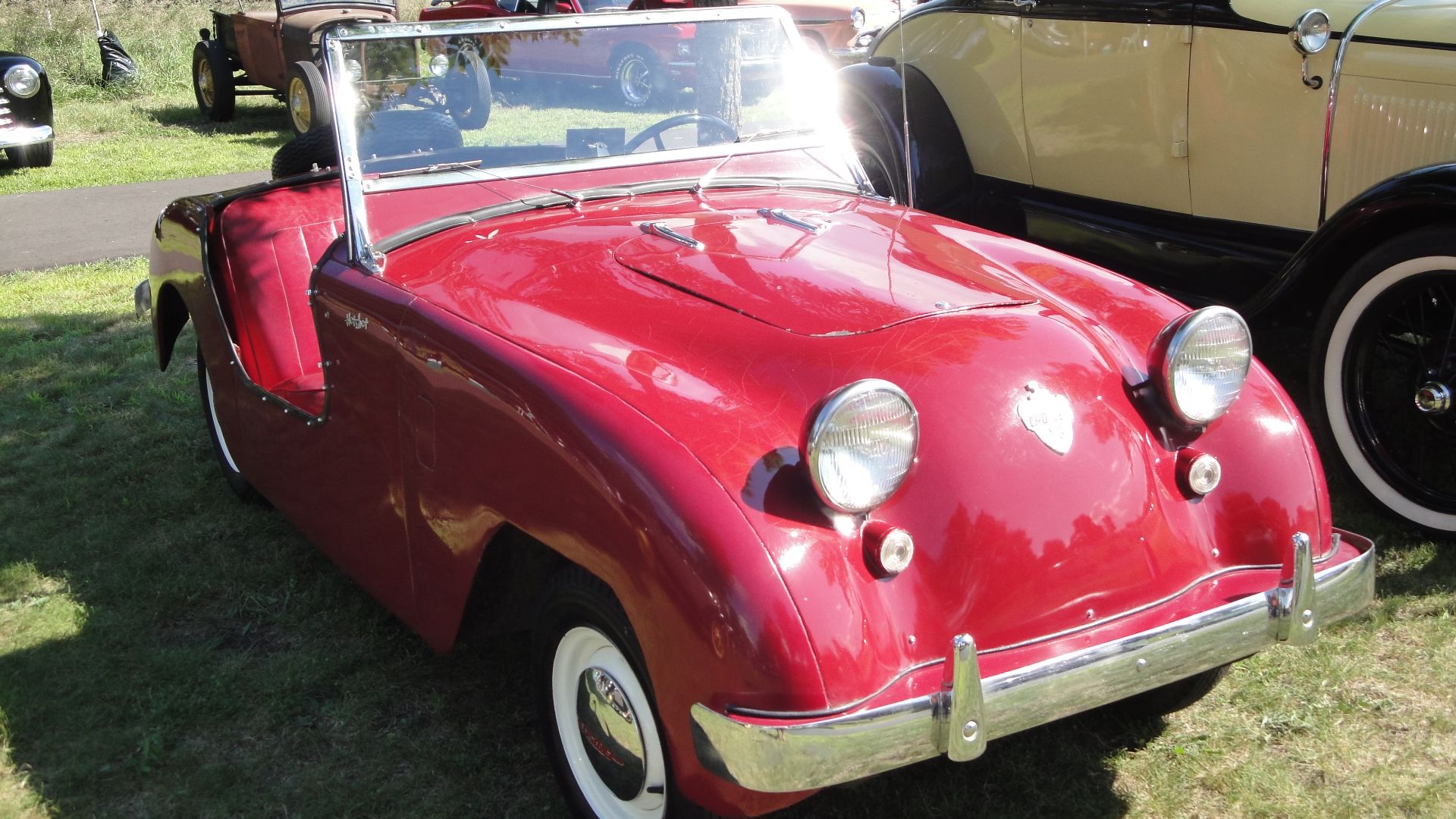 Greg Gjerdingen from Willmar, USA on Wikimedia
Greg Gjerdingen from Willmar, USA on Wikimedia
9. Plymouth Prowler (1997–2002)
Hot rod styling met cold shower performance here. The Prowler looked like a concept car that escaped from SEMA but came with a V6 borrowed from a minivan. No manual transmission and no muscle. Its aluminum construction was advanced, just not enough to save its reputation.
10. Nash Metropolitan (1954–1962)
Styled like a toy and built for commuters, the Metropolitan never shook its “cute but clumsy” label. British-made for American tastes, it lacked trunk access, speed, and legroom. While it sold reasonably well, history remembers it as an automotive oddball—quirky, not compelling.
Bad ideas may be unforgettable, but great ones leave a legacy. So, let's check out the cars that nailed the formula and earned their place on this list.
1. Mazda MX-5 Miata (1989–Present)
The world's best-selling roadster stole the show at the 1989 Chicago Auto Show. Weighing under 2,200 pounds and tuned for balance, the Miata brought back analog fun. Special editions like the RF and Club only deepened its cult.
2. Jaguar E-Type (1961–1974)
With flat floors, covered headlights, and 150 mph capability, this wasn't your average '60s sports car. Monocoque construction and disc brakes made it more advanced than its price hinted. Designed with fighter jet influence, this coupe remains a holy grail for collectors worldwide.
3. Chevrolet Corvette C1 (1953–1962)
The early inline-six may fool you, but the Corvette didn't hit icon status until the small-block V8 arrived in 1955. Features like fiberglass panels and tailfins made it interesting. Chevy sharpened the Corvette year after year by boosting both performance and presence.
4. Ferrari 365 GTS/4 Daytona (1968–1973)
Power flowed from a quad-cam V12, mounted up front but balanced by a rear transaxle. It punched out 352 horsepower—enough to make it the fastest production car of its time. Beneath its restrained exterior lurked a machine built to devour miles without mercy.
5. BMW M1 (1978–1981)
BMW's M1 checked many boxes, from racing roots to German muscle. Originally a Lamborghini collaboration gone wrong, it still launched with an M88 straight-six and Procar series backing. Just 453 units exist; that’s why, for BMW fans, it’s not just rare but sacred.
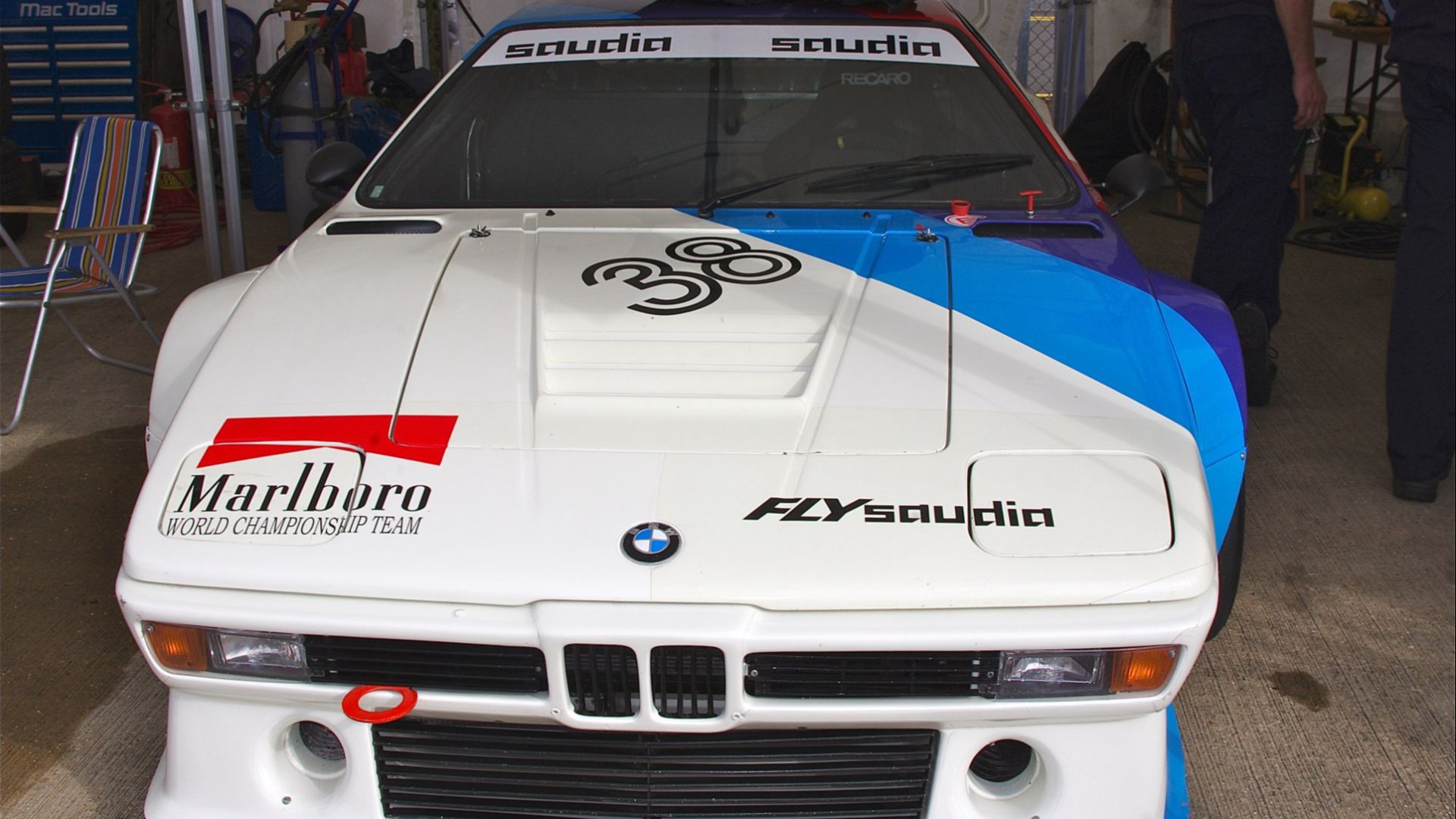 David Merrett from Daventry, England on Wikimedia
David Merrett from Daventry, England on Wikimedia
6. Dodge Viper GTS (1996–2002)
The Viper was for tamers, not drivers. With an 8.0-liter V10 and no safety nets, this beast meant business. A double-bubble roof, side pipes, and forged wheels all screamed purpose. Dodge built it for purists who valued power over appearance.
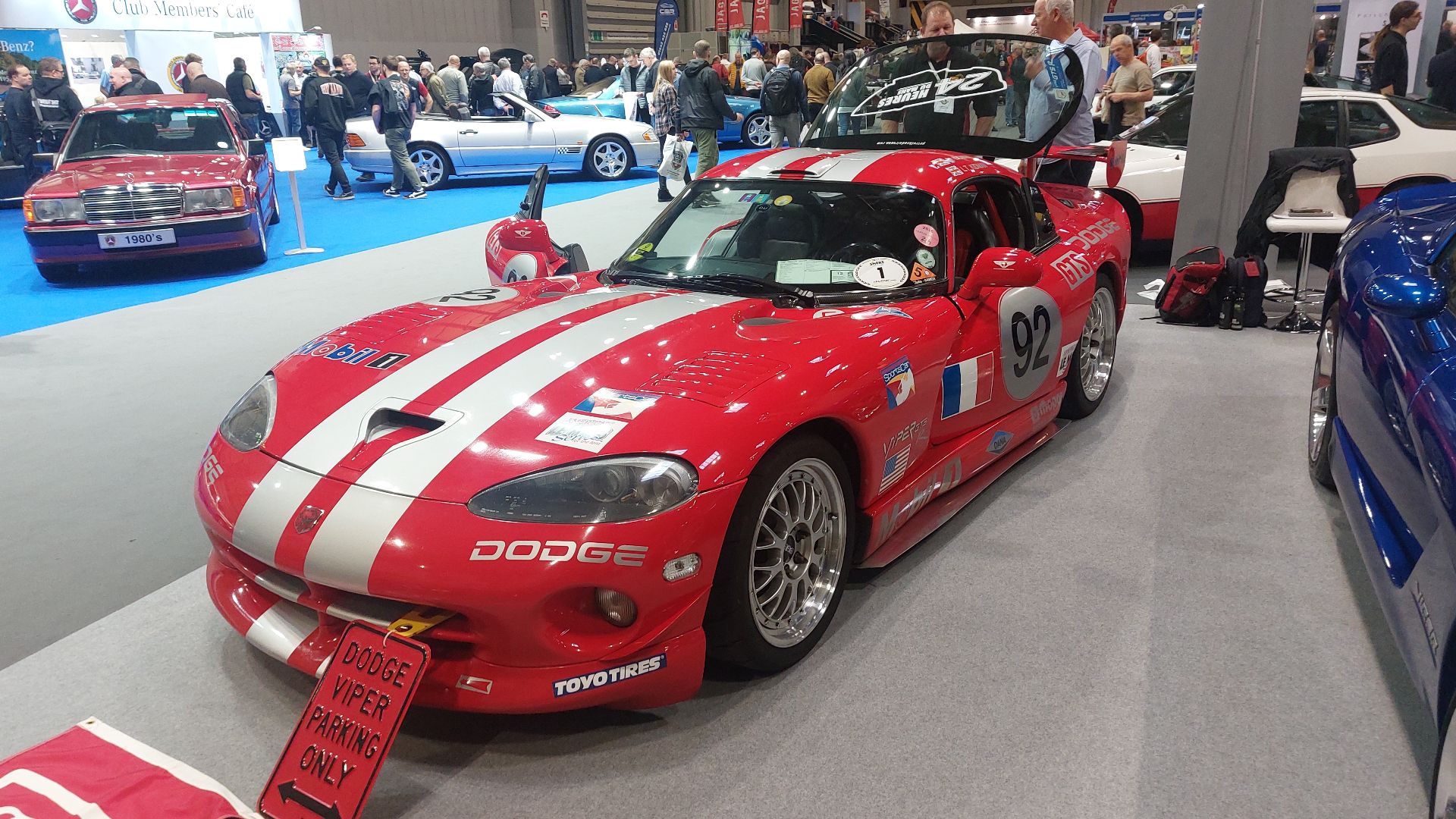 Kieran White from Manchester, England on Wikimedia
Kieran White from Manchester, England on Wikimedia
7. Honda S2000 (1999–2009)
Honda’s 50th birthday gift to enthusiasts was surgical in execution. The 2.0L F20C revved to 9,000 rpm, and its six-speed manual remains among the sharpest ever built. You got double-wishbone suspension and perfect 50/50 weight. Precision was the ultimate mission.
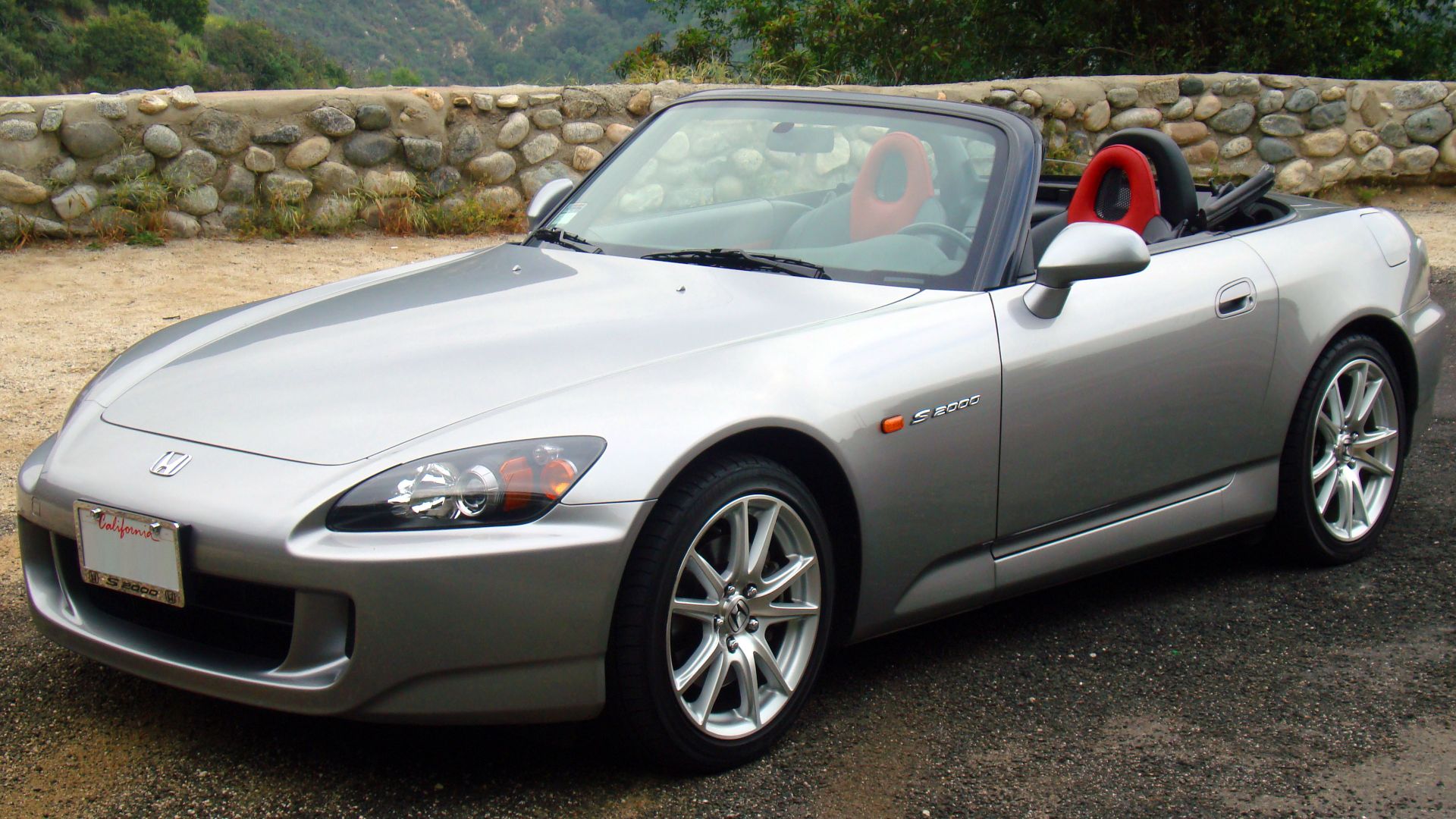 Rich Niewiroski Jr. on Wikimedia
Rich Niewiroski Jr. on Wikimedia
8. Toyota MR2 Spyder (2000–2007)
Equipped with a Celica-sourced 1.8L engine and 2,195-pound curb weight, this third-gen MR2 made simplicity a virtue. Rear-wheel drive and mid-engine layout meant agility. Skip the SMT automatic; the five-speed manual unlocks everything you'd want from a featherweight curve carver.
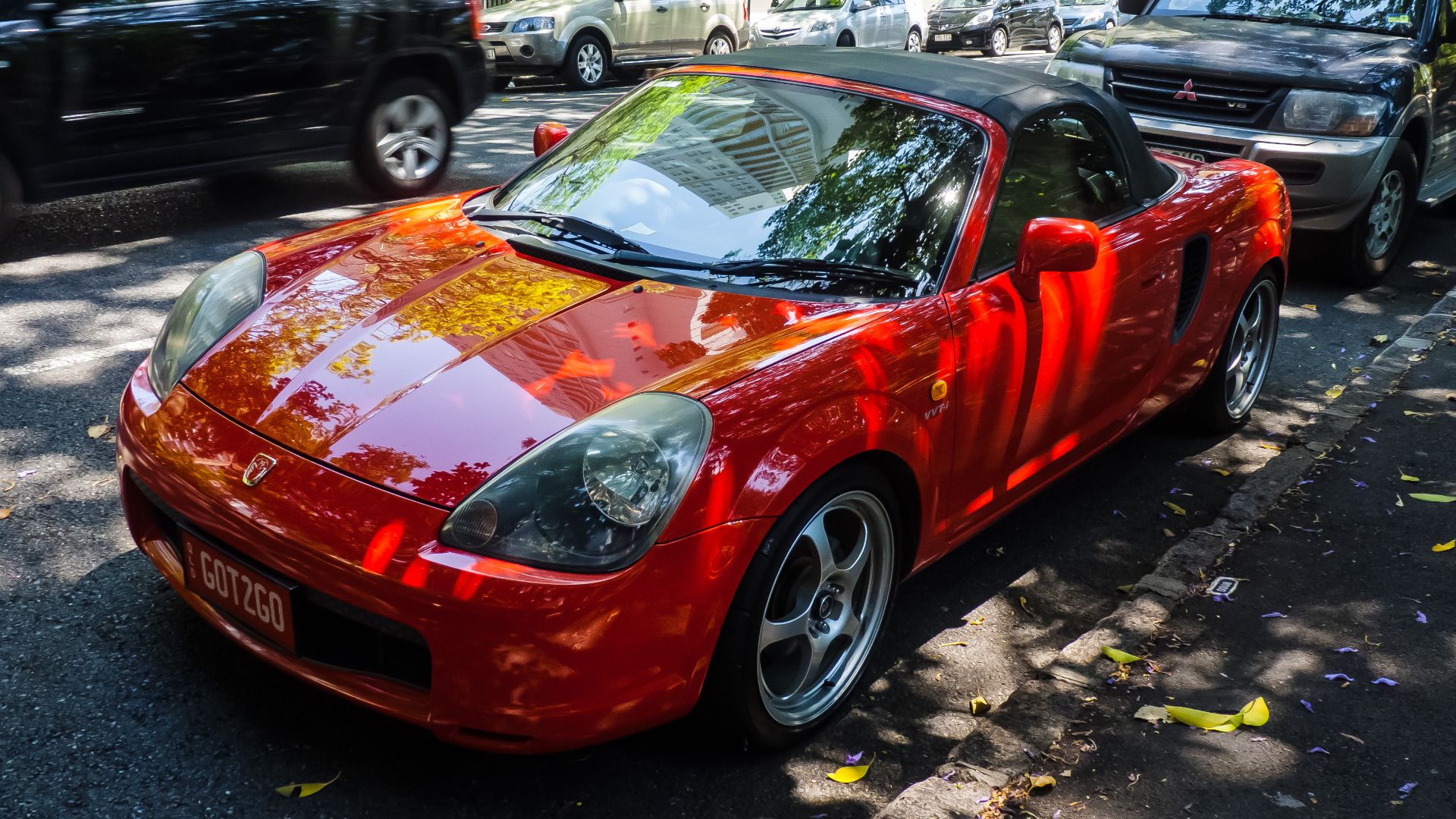 John Robert McPherson on Wikimedia
John Robert McPherson on Wikimedia
9. Porsche 718 Cayman/Boxster (2016–Present)
First came turbocharged flat-fours. After that, the backlash, then redemption. Porsche answered with the 4.0L GTS and GT4. The mid-engine balance remained untouched. It doesn't matter if you’re chasing apexes or commuting daily; this car delivers precision.
10. Nissan Fairlady Z (1969–1978)
Born as the Datsun 240Z, it blended a 2.4L inline-six with independent suspension and elegant styling. Priced under $3,600, it disrupted Europe’s grip on performance coupes. Later models added displacement, but the Z legacy began here—punchy and affordable.


